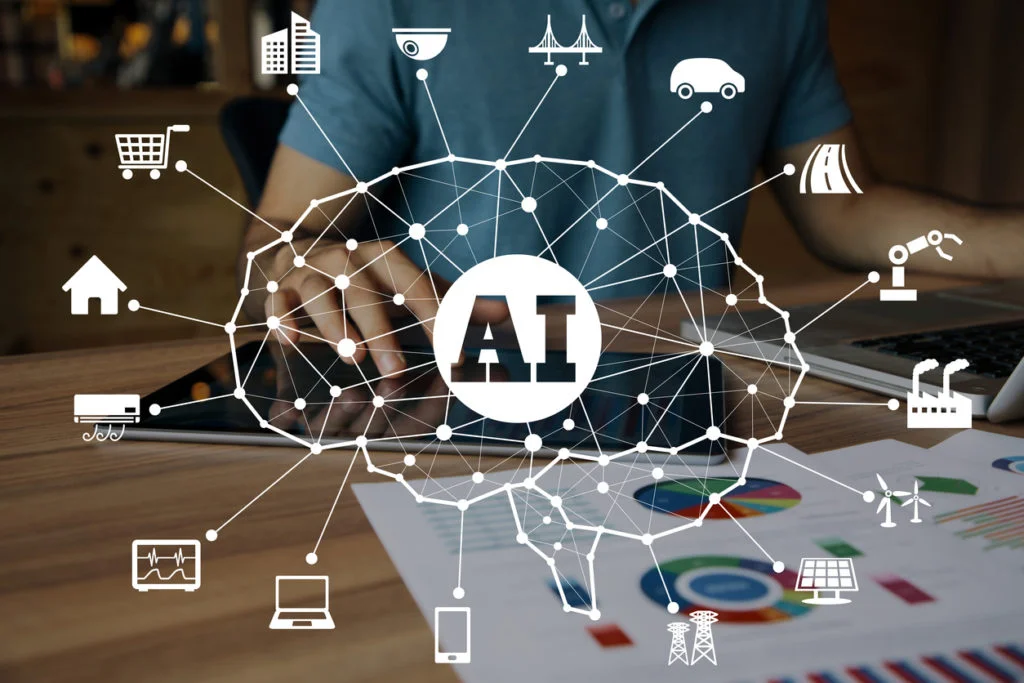AI projects require clear and precise software requirements in this rapidly advancing field. Harnessing the potential of AI demands a solid understanding of project objectives and a roadmap to assist development teams in attaining them. Writing software requirements suited particularly to AI projects is difficult yet necessary to offer solutions that match stakeholders’ expectations.
This post will examine the key techniques supporting AI-specific software requirements. By following these best practices, AI solution providers can construct cutting-edge AI systems that provide value to their users.
Understanding AI Projects and Software Requirements
AI projects range from natural language processing and computer vision to predictive analytics and robotics. Understanding the complexities of AI and developing detailed software requirements is the cornerstone of every successful AI project. These criteria serve as a template, offering clarity and direction to fit the client’s business goals. Well-defined AI-specific requirements reduce risks, enhance project management, and encourage team collaboration.
10 Best Practices for Writing AI-Specific Software Requirements
AI-specific software requirements bridge the gap between clients and developers while keeping track of the overall progress. Doing so ensures the team is working collaboratively toward a mutual goal.
Here are some best practices for writing software requirements for successful AI projects.
1. Problem Definition
A clear and precise problem statement is essential before beginning any AI project. The software requirements must identify the precise difficulties designed by the AI system to address and define the desired outcomes. Doing so requires working with stakeholders to establish alignment with their aims and expectations. Moreover, a well-defined problem assists the development team in minimizing scope creep and focusing on providing an effective solution.
2. Data Requirements
For learning and decision-making, AI systems rely extensively on data. It is critical for data gathering, storage, and processing to identify and express data needs in software. The specifications should include data sources, formats, volume, and quality standards.
Furthermore, protecting the sensitive information of users and complying with the rules requires proper addressing of data privacy and security concerns.
3. Hypothesis and Assumptions
The development team can verify the AI system’s performance against projected benchmarks by including hypotheses and assumptions in software requirements. These assumptions are the foundation for analyzing the project’s success and allowing stakeholders to assess its efficacy. Maintaining a stable and adaptable AI system requires regularly examining and upgrading these hypotheses throughout the development lifecycle.
4. Model Selection and Integration
Models and algorithms are at the heart of an AI system. The model selection and integration criteria should be specified in the software requirements. It includes identifying whether machine learning approaches, neural network designs, or AI algorithms best suit the project’s objectives. The requirements should also address model compatibility, scalability, and the possible need to assemble numerous models to produce the best outcomes.
5. Accuracy and Performance Metrics
Defining accuracy and performance measures is critical for assessing the efficacy of the AI system. These metrics can range from accuracy and recall in classification tasks to mean average precision in object recognition, depending on the project’s nature. Setting performance goals ensures the AI system achieves the intended accuracy levels, allowing the team to fine-tune the algorithms and models as needed.
6. Ethical and Regulatory Considerations
Ethics and regulatory compliance are critical in AI research because of the potential societal impact and sensitive data. The software standards should handle ethical concerns in AI decision-making, such as fairness, transparency, and accountability. Furthermore, compliance with relevant legislation, data protection laws, and industry standards must be explicitly defined. Doing so guarantees responsible AI project development and deployment.
7. User Interface and User Experience (UI/UX) Requirements
While data and algorithms drive AI initiatives, the user interface and experience are as important for effective adoption. The software requirements should specify the UI/UX aspects allowing seamless interaction with the AI system. A user-friendly interface improves usability, increasing user happiness and adoption of the AI application.
8. Testing and Validation Requirements
AI project development requires extensive testing and validation. The software requirements should include detailed testing scenarios to guarantee that the AI system functions as intended under various settings. Incorporating real-world data into the testing process aids in identifying any biases and inaccuracies that can impair system performance. Moreover, extensive testing and validation methods establish trust in the AI system’s dependability and robustness.
9. Documentation and Traceability
Any successful AI project relies on effective documentation. The software requirements must be carefully defined to understand the project’s aims and limits clearly. Furthermore, preserving traceability between requirements and implementation enables modification tracking while guaranteeing consistency between the original vision and the final product.
10. Deployment and Monitoring Considerations
AI projects do not end with successful creation; they need ongoing monitoring and maintenance. The software requirements should cover the deployment procedure and the monitoring tools required to track the system’s performance in real-world circumstances. Feedback loops and automatic monitoring ensure timely updates and adjustments for the AI system’s long-term efficiency.
Conclusion
Creating successful AI-specific software requirements needs an in-depth understanding of the problem domain and technological complexities. AI solution providers can build a clear path to success by adhering to the recommended practices listed above. In the ever-changing world of AI, a firm foundation of software requirements helps realize the full potential of novel AI solutions.
Achievion is dedicated to bridging the gap between businesses and AI solutions. Various businesses currently demand modern technological solutions but don’t know where to start. With Achievion’s tailored need analysis and solutions, businesses can excel in their niche and stay ahead of the technological curve.
Want to find the best ways to navigate today’s ever-evolving AI landscape? Contact Achievion today!









